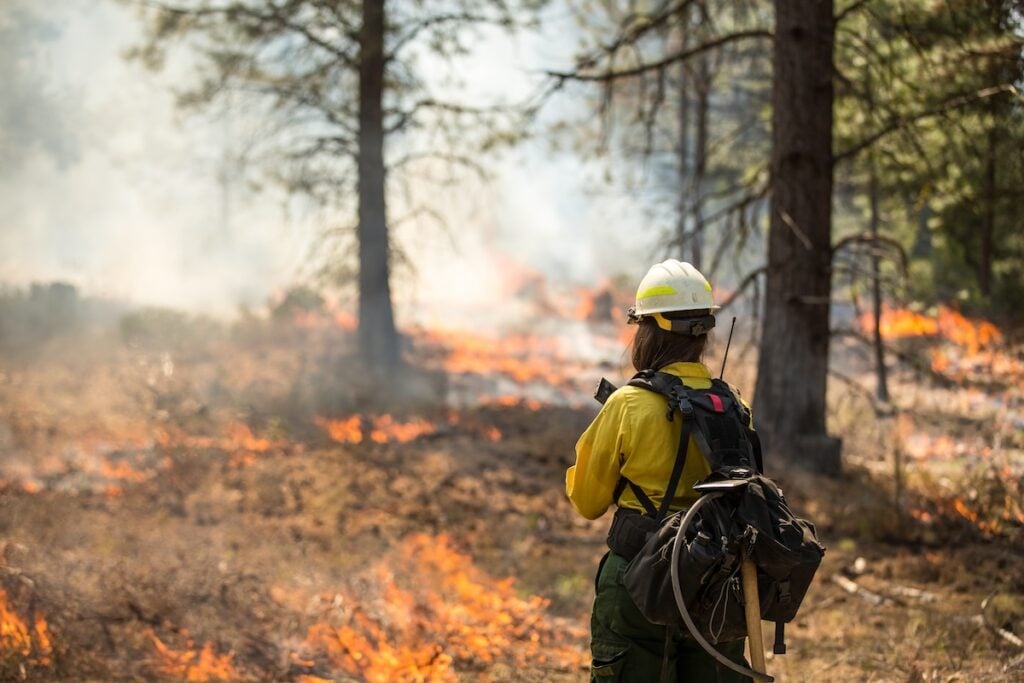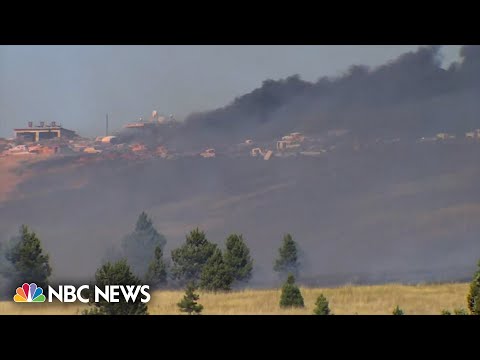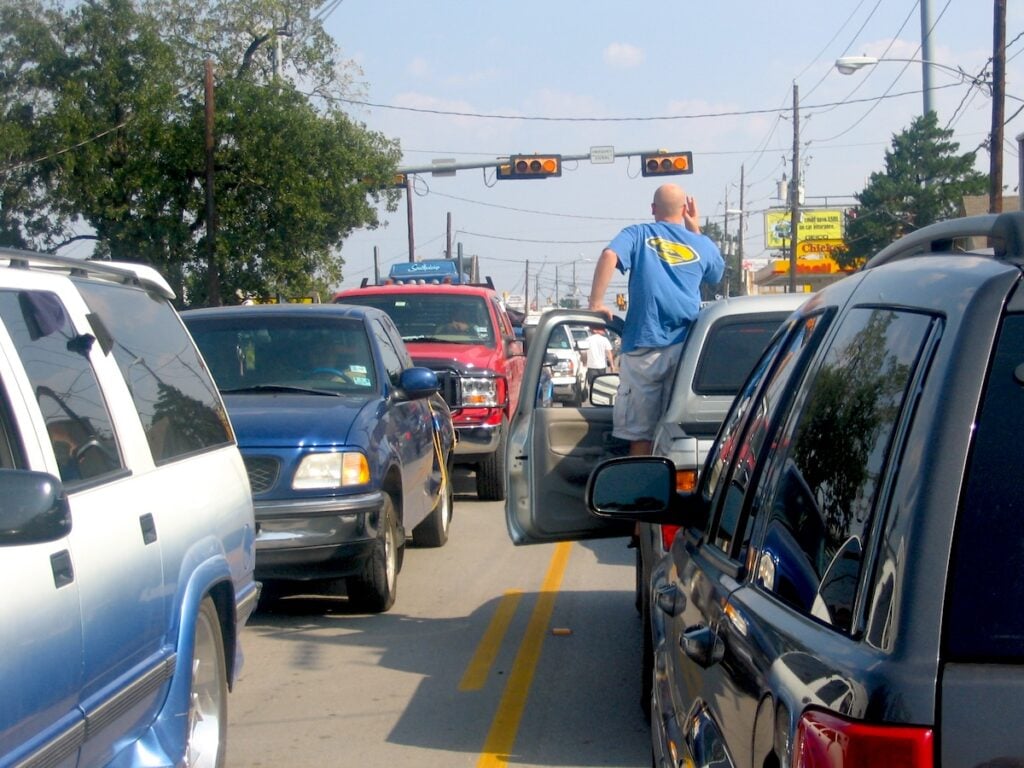SHTF In The Real World: Localized Natural Disasters
The most likely SHTF scenario is a localized natural disaster, a climate-related or other adverse natural event in your immediate area. It is the single most common way that civilization breaks down, and it is the least discussed in the 2A/preparedness space.
A lot of people have ideas about “SHTF” that are based on worst-case/least-likely scenarios, mostly because they’ve watched “Mad Max” or “Red Dawn” too many times or obsess over rioters in cities they don’t live in.
So, let’s talk about natural disasters, what kinds there are, and some basic tips for preparedness.
Natural Disasters Are Mundane Until You Have To Deal With One
The reason why people in the 2A and prepper communities don’t necessarily talk about ordinary disaster preparedness is because localized natural disasters occur all the time. Ergo, they appear to be mundane, not a big deal…
…until one is happening to you.
The phrase “missing the forest for the trees” springs to mind.
According to Statista, there were 119 natural disasters in the US in 2022. According to the National Oceanographic and Atmospheric Administration, there have been 323 weather events since 1980 that caused more than $1 billion in damage (CPI-adjusted), including 25 in 2023 alone.
In other words, small-scale or regional natural disasters are happening all the time. Do you know what’s not? All the salacious SHTF scenarios people obsess about otherwise.
Ever hear you should train for the typical civilian-involved shooting before anything else? Same idea.
Four Defensive Situations Every Concealed Carrier Needs To Rehearse
Types Of Natural Disasters
 Here’s what we in North America are likely to deal with:
Here’s what we in North America are likely to deal with:
Wildfires, droughts and heat waves, severe thunderstorms, tornadoes, hurricanes, severe winter storms, hail, flooding, and – to a lesser extent – earthquakes.
Which one you are most likely to deal with depends on where you live. In the Midwest and Southeast, for instance, it’s tornadoes, thunderstorms, flooding, and hail…but also heat and droughts. In the Pacific Northwest, it’s wildfires, drought, and winter storms.
Events that have caused more than a billion dollars in damage this year included flooding in Vermont, wildfires in Hawaii, some select thunderstorms, and heat waves and drought in Texas which as of Nov. 6, about 65 percent of the state was still affected by.
The drought is particularly bad in Arlington; drought conditions began in 1996 and aren’t likely to abate anytime soon.
To sum up, these events are happening all the time and they are absolutely impactful. People die – over 100 people died or went missing in the Hawaii wildfires – and lives are upended in the socioeconomic damage.
In other words, local/regional natural disasters are the most likely way the S will hit the F for any of us.
Larger-scale ecological disasters are also possible; some are even probable at this point (read, for instance, “Collapse” by Jared Diamond), but that is a topic for another time.
My Natual Disaster: The Gray Road Fire

I was very close to one such natural disaster this year, the Gray Road fire in Medical Lake, Wash. It made most major news services – including CNN, the morning news shows, and the New York Times – so you might have seen it in headlines.
Loss of life was minimal – only one known fatality – but property loss was significant, with over 185 structures and over 10,000 acres burned. It started when a farmer harvested wheat during a hot, dry week (sustained temperatures of 90+ degrees) with high winds, as the hot combine ignited wheat stubble. His fields were burning in minutes, and over 1,000 acres went up in an hour or two.
Our “impact” was minimal; we spent a couple of nights over at a friend’s house out of an abundance of caution. We packed what we could – some clothes, essential documents – and got out of town…very slowly, as everyone else was too. It took 2.5 hours to drive 20 miles.
Overall, no big deal. But the fire was close.
The southeastern edge of the fire was within 1 mile of my house, and the mandatory evacuation zone was within a few blocks. If the wind had changed the right (or rather, wrong!) way, my family and I might be homeless right now.
Granted, part of me was thinking, “Well, if that happens…the insurance company will build us a new house, and I’ll get out of all these damned projects,” but I’m glad it didn’t!
Do you know what was an absolute non-factor in anything that happened in the Gray Road fire to anyone?
Anything related to guns, gear, or shooting. Since natural disasters are the way the S hits the F most of the time in real life, that recce AR or whatever isn’t going to do you any good.
So, what can you do to actually be prepared?
Preparedness Tips For Natural Disasters
 So, understanding that A.) the most likely SHTF scenario is a local natural disaster, and B.) what natural disaster you will likely deal with depends on where you live, here are some good starting points.
So, understanding that A.) the most likely SHTF scenario is a local natural disaster, and B.) what natural disaster you will likely deal with depends on where you live, here are some good starting points.
Know your area. Know what natural disasters are likely and what – if any – seasonal correlations there are.
Heat waves and wildfires in the summer, winter storms in the winter, etc. Most natural disasters, per the NOAA, occur between July and December. Be aware during those times. Therefore, plan accordingly with seasonally appropriate clothing (light, breathable in the summer, warm in the winter), snow tires, and so on.
Know where the nearest relief centers are. We all have smartphones, so find the apps for alerts from local authorities. Forewarned is forearmed.
Have a go bag ready. Pack a few day’s worth of clothes and toiletries, including deodorant, hair supplies, toothbrush and toothpaste, and soap. It’s also a good idea to take a few days worth of snacks. Another good idea is to have a way to carry essential documents like birth certificates, Social Security cards, copies of real estate documents, and so on.
Be ready to leave on foot if necessary. A lot of people have had to walk out to safety, so be prepared for the possibility. Have good, sturdy shoes for every member of the household.
If possible, leave early. Getting to safety in time is good; before you have to, it is better. Leaving early gets you out of danger quicker but can also make it less likely you’ll get trapped on the road.
During the Hawaii wildfires this year, some of the fatalities occurred when people got trapped in their cars trying to escape. The roads got too congested for traffic to move, leading to people fleeing their cars on foot…if they could.
Additionally, learn the roads in your area. Know the backroads and any alternate routes out of the area. During the Gray Road fire, the main highway – I-82 – was blocked south and north of the town we live in; the backroads were the only way out.
Have insurance. This is self-explanatory.
Know that it can happen to you. You, your principles, and your stuff do not matter to Mother Nature and the Universe; they have no compunction about making your flat-screen TV into a charred hunk of plastic and you into a corpse.
But know, too, that natural disasters tend to be over quickly, though the fallout can last years. The worst of Hurricane Katrina was over in a few weeks, but the effects still linger in some areas, especially in the working-class neighborhoods.
In other words, when the S hits the F, it tends to do so briefly. Be prepared to get out of its way and then pick up the pieces.
If a person is going to be serious about preparedness, preparing for the most likely scenario is going to do you a lot more good than the absolute least.
Read the full article here






